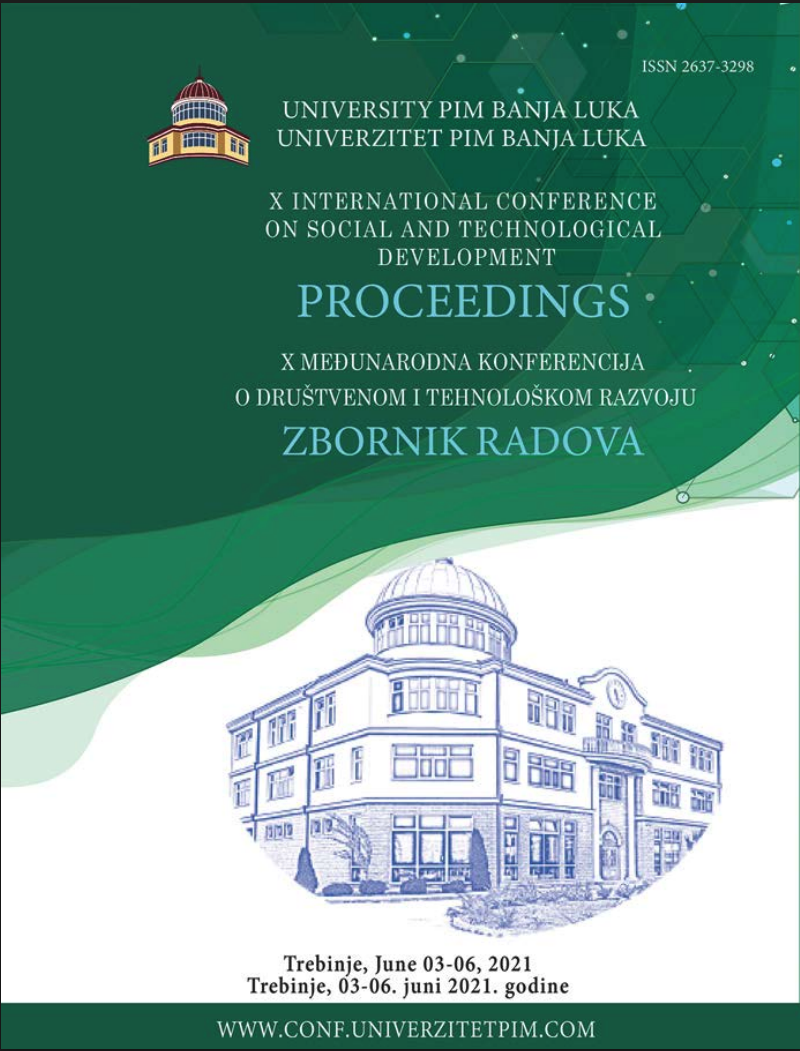
This is an open access article distributed under the Creative Commons Attribution License which permits unrestricted use, distribution, and reproduction in any medium, provided the original work is properly cited.
Department for Agricultural and Business Studies and Tourism, Academy of Vocational Studies Šabac , Šabac , Serbia
The paper aims at examining the behaviour of passive constructions in English and Serbian, offering a short review of the concept of voice in both languages, a brief comment of the passive scale found in authors such as Palmer, Quirk, etc. and a short discussion of the thematic roles of the verb arguments taken from Haegeman (Haegeman, 2001). The analysed sentences are the examples of passive taken randomly from Julian Barnes’ 1990 novel (Barnes, 1990), Flaubert’s Parrot, and their Serbian equivalents taken from the official translation done by Nebojša Palić (Palić, 2008). The analysis provides an insight into the functioning of the passive gradience in practice, demonstrating that there are numerous in-between cases, which makes a contrast to the previously theoretically presented types of passive that can be clearly distinguished from each other. The analysis both shows that in the corpus presented in the paper the central type of passive is the most common, followed by the semi-passive, and that there are numerous in-between cases, challenging for classification. The incidence of active and passive in the translated Serbian sentences turns out to be approximately equal.
The statements, opinions and data contained in the journal are solely those of the individual authors and contributors and not of the publisher and the editor(s). We stay neutral with regard to jurisdictional claims in published maps and institutional affiliations.